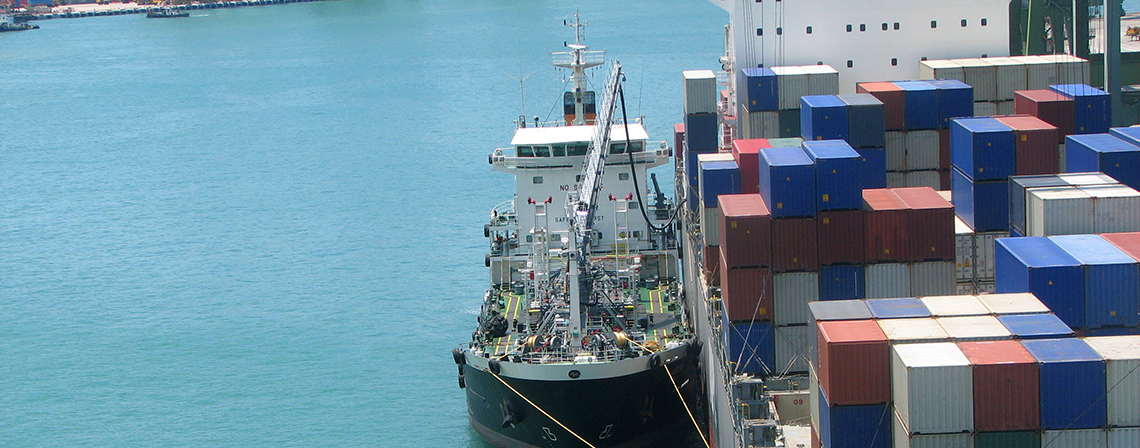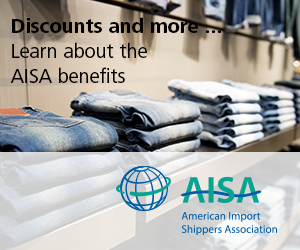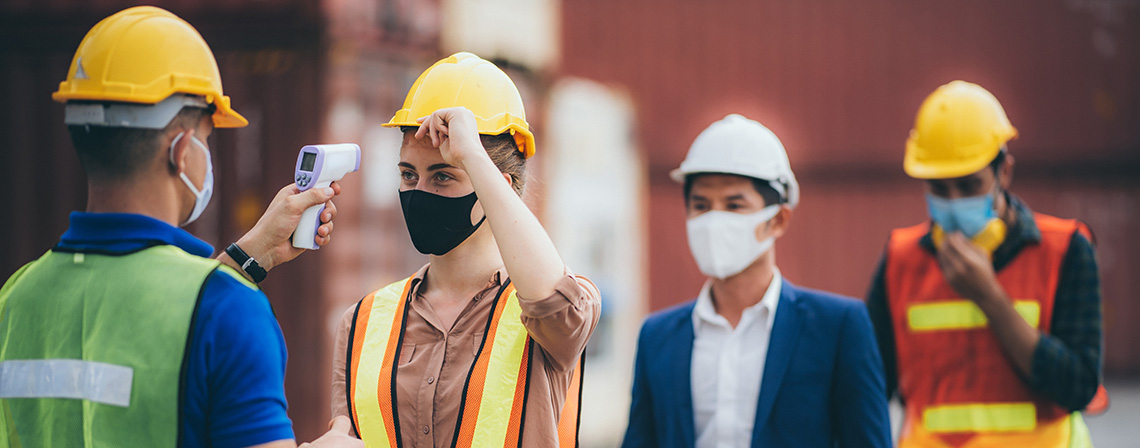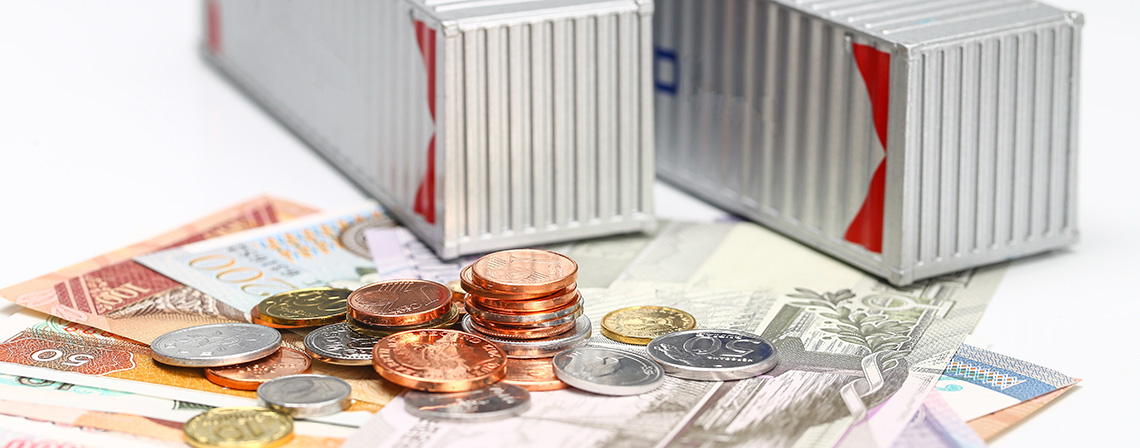In October we reported in some details about the International Maritime Organization (IMO) mandate requiring all ocean carriers to use, effective January 1st, low sulfur fuels with a maximum sulfur content of 0.5% or less during 100% of the sea voyage. Alternatively scrubber systems could also be installed on vessels to achieve the same results when using previously customary 3.5% sulfur fuels.
While some Trans-Pacific inbound carrier may take different approaches in applying another (EAC) bunker charge for fuel oils with a mandated 0.1% sulfur emission cap that vessels must maintain while operating in Coastal Waters – the newly published increases for burning IOM low sulfur fuels pretty much stay within previously estimated dimensions.
January 1st, 2020 Bunker Charge Increases published by major Trans-Pacific carriers for containers from Asia to U.S. ports
| APL | $ 163/40 to W.C. | $ 264/40 to E.C. |
| COSCO | $ 113/40 to W.C. | $ 124/40 to E.C. |
| ONE | $ 139/40 to W.C. | $ 232/40 to E.C. |
| Hyundai | $ 173/40 to W.C. | $ 310/40 to E.C. |
| Maersk | $ 113/40 to W.C. | $ 238/40 to E.C. |
| Matson | $ 60/40 to W.C. | |
| OOCL | $ 128/40 to W.C. | $ 235/40 to E.C. |
I do not believe these low-sulfur fuel surcharges will be negotiable, as the carriers are making every effort to fully recoup their increased cost for the IMO mandated low-sulfur fuels.
Previous concerns about the availability of Low-Sulfur fuel when and where needed seem to have dissipated. Instead, new concerns surfaced that for a limited start-up period “procedural problems” should be expected. Such procedural problems would include the time it could take to cleaning fuel tanks, installing scrubber systems, getting the right mix of fuels that meet the IMO mandate, and the timely delivering of bunker fuel from tankers to container ships.





